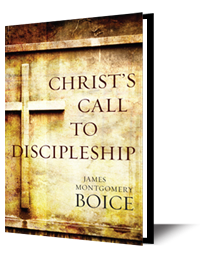Jesus and Pilate, Part 1
- What was the first of Jesus’ two trials? Describe what happened in each of the three parts of it.
- What was the second trial of Jesus? Describe the three parts of this trial.
- How were both Jewish and Roman law exceptions to the carrying out of justice?
Think and Act Biblically from James Boice is a devotional of the Alliance of Confessing Evangelicals. It is supported only by its readers and gracious Christians like you. Please prayerfully consider supporting Think and Act Biblically and the mission of the Alliance.


















